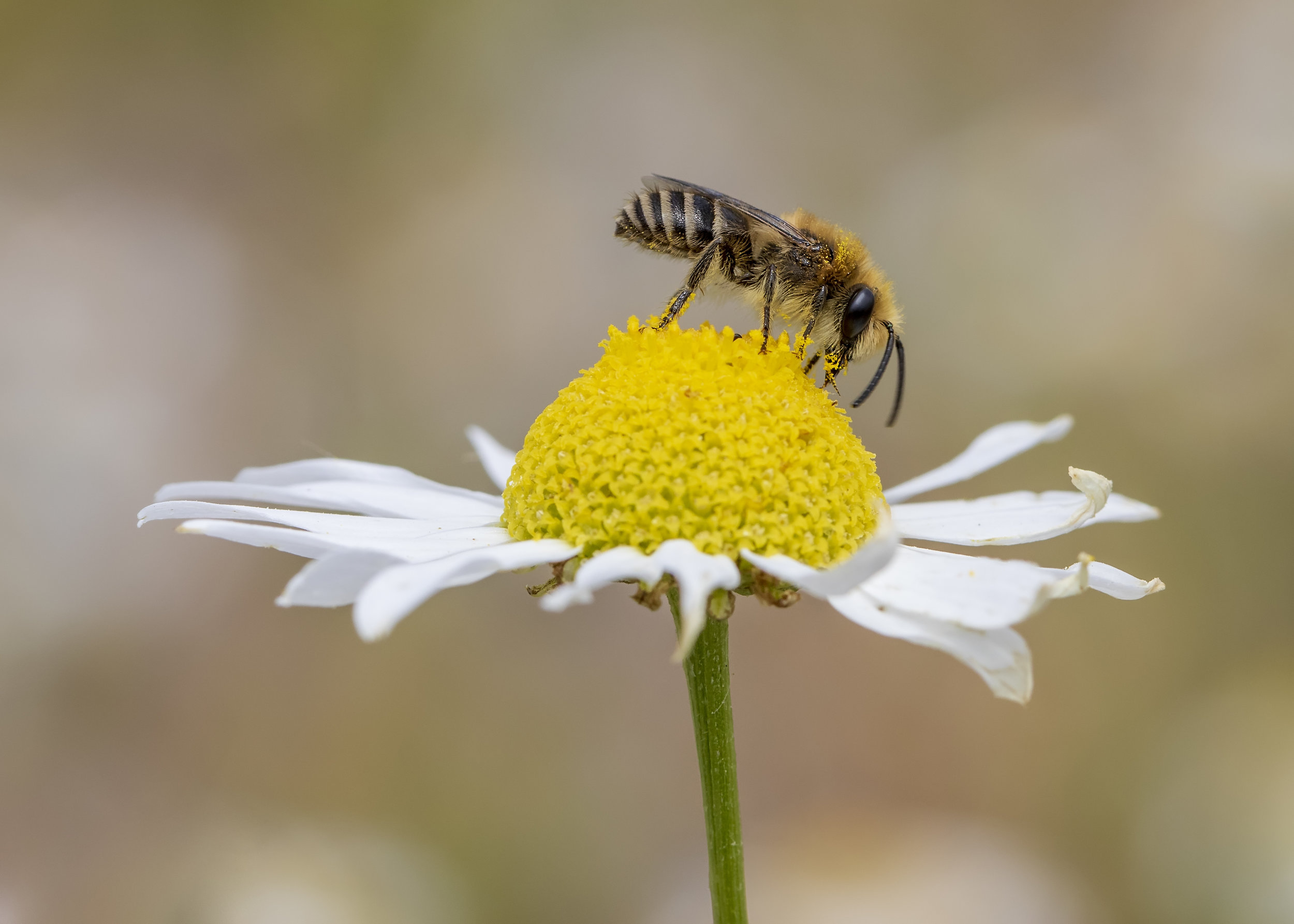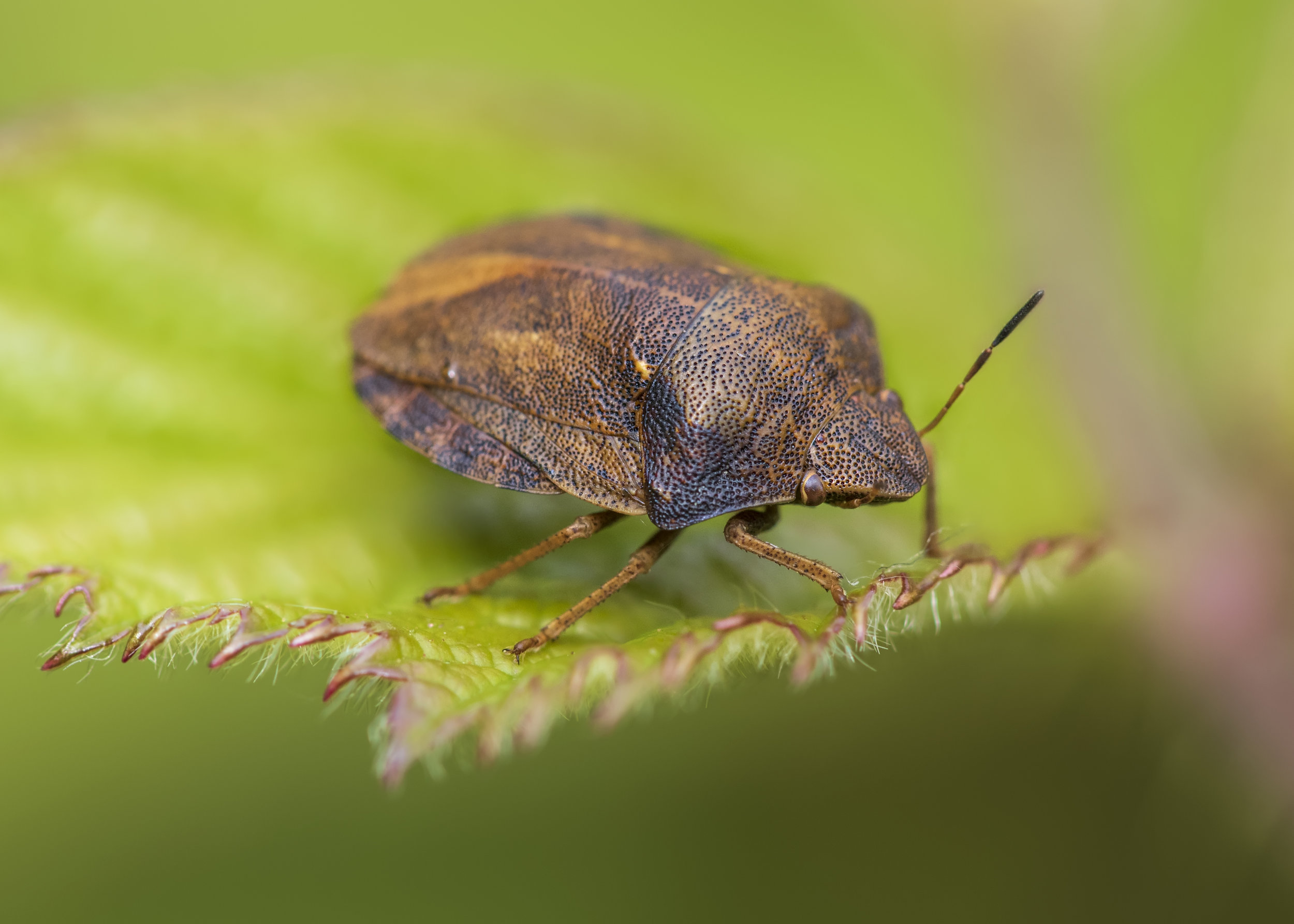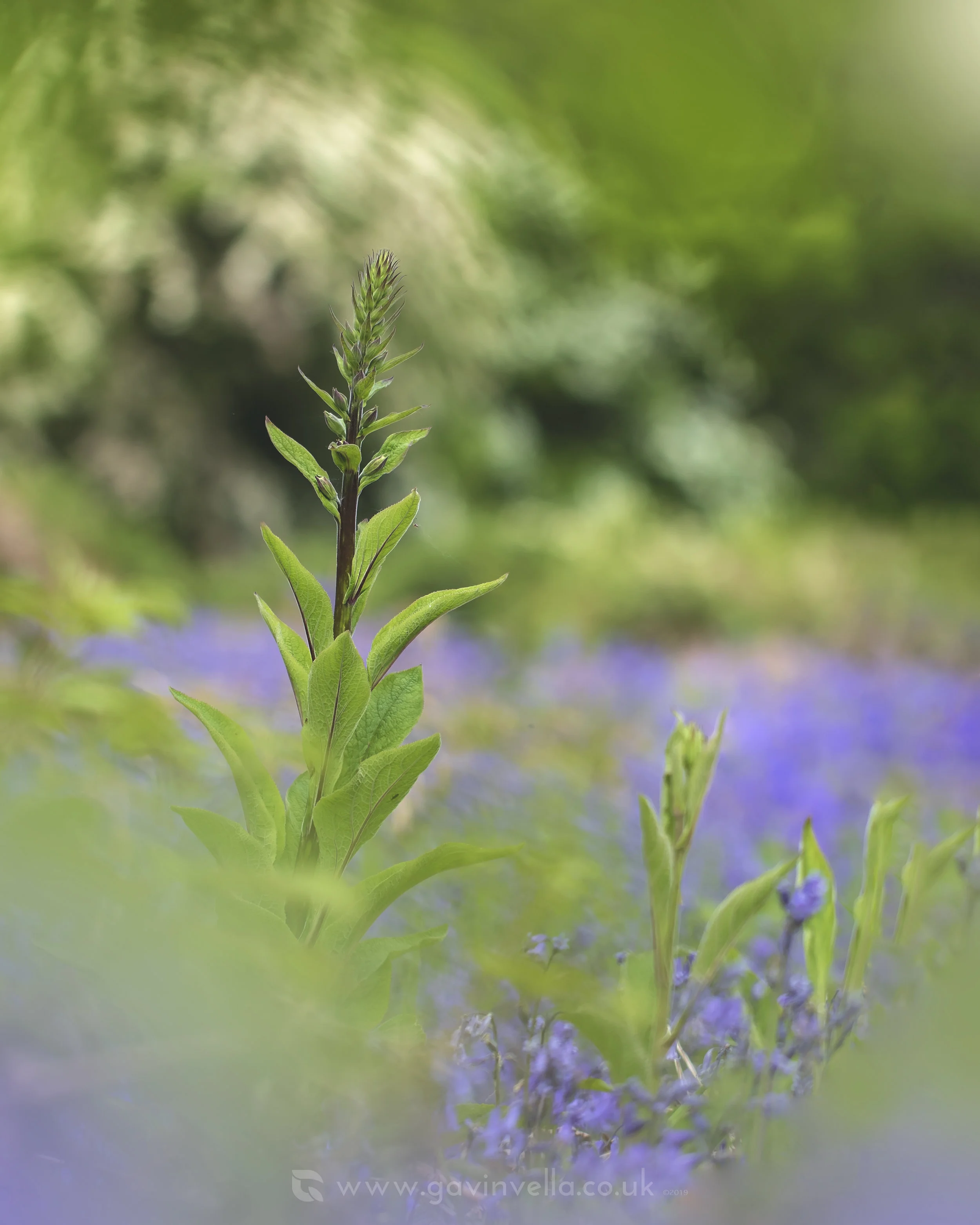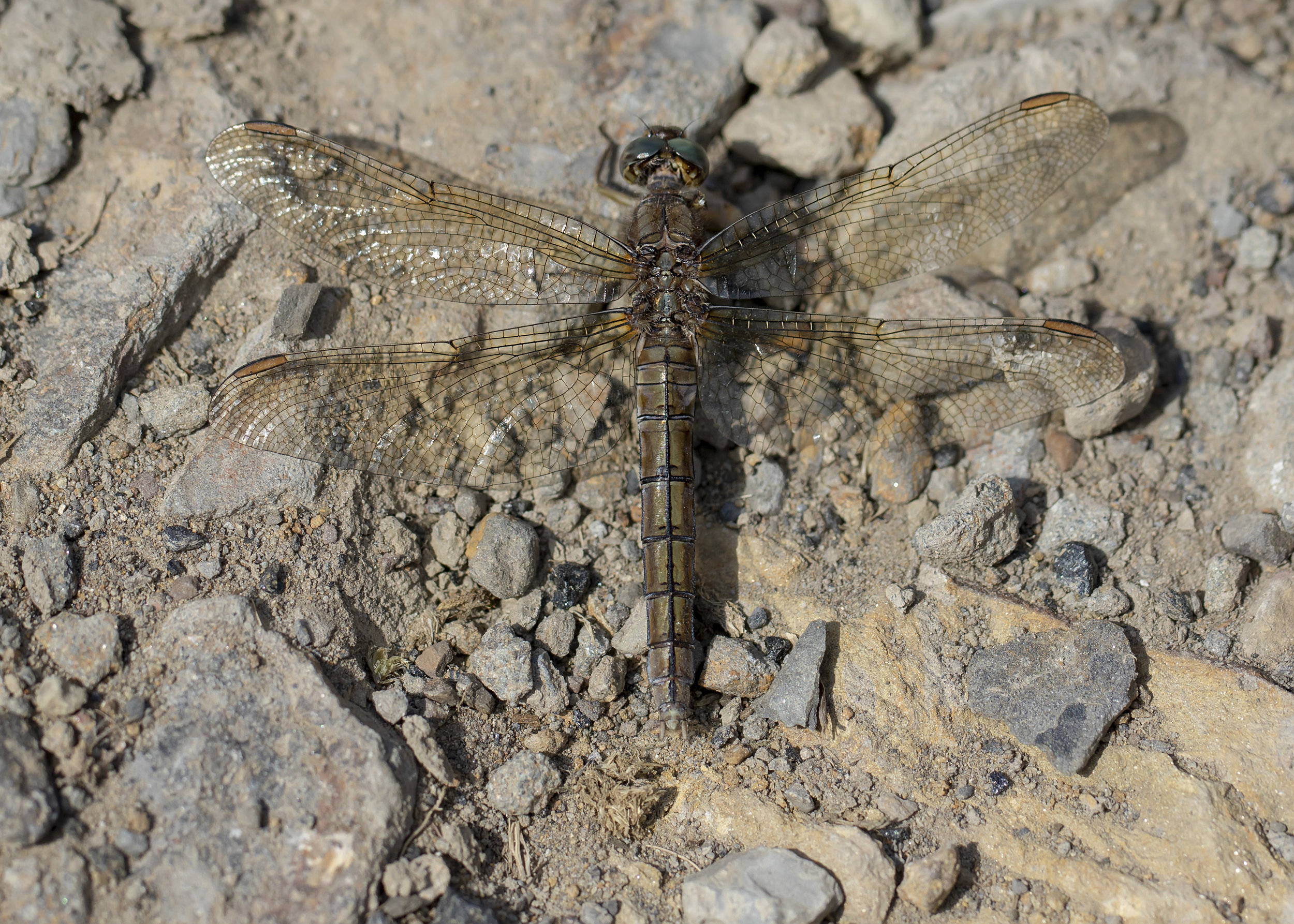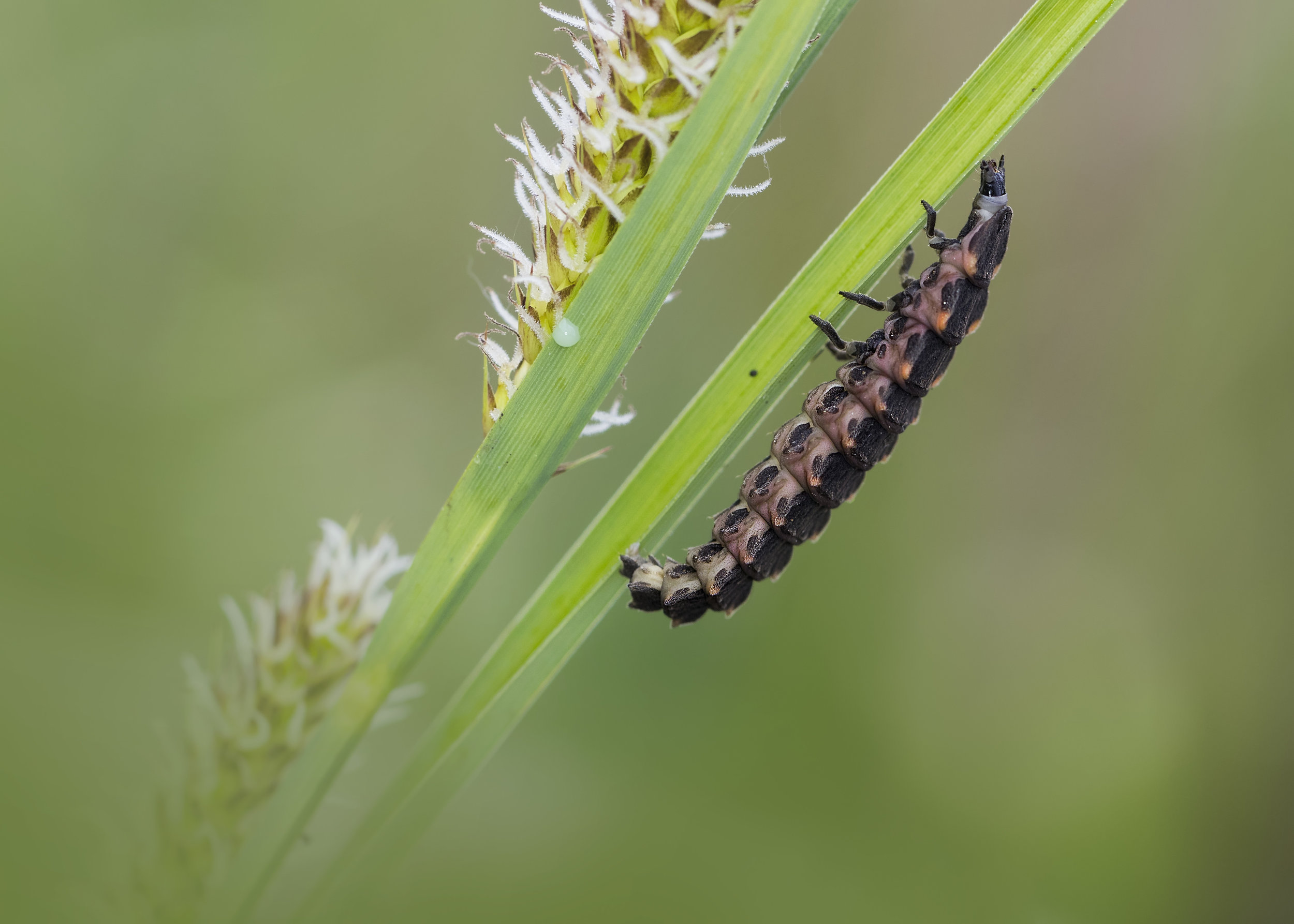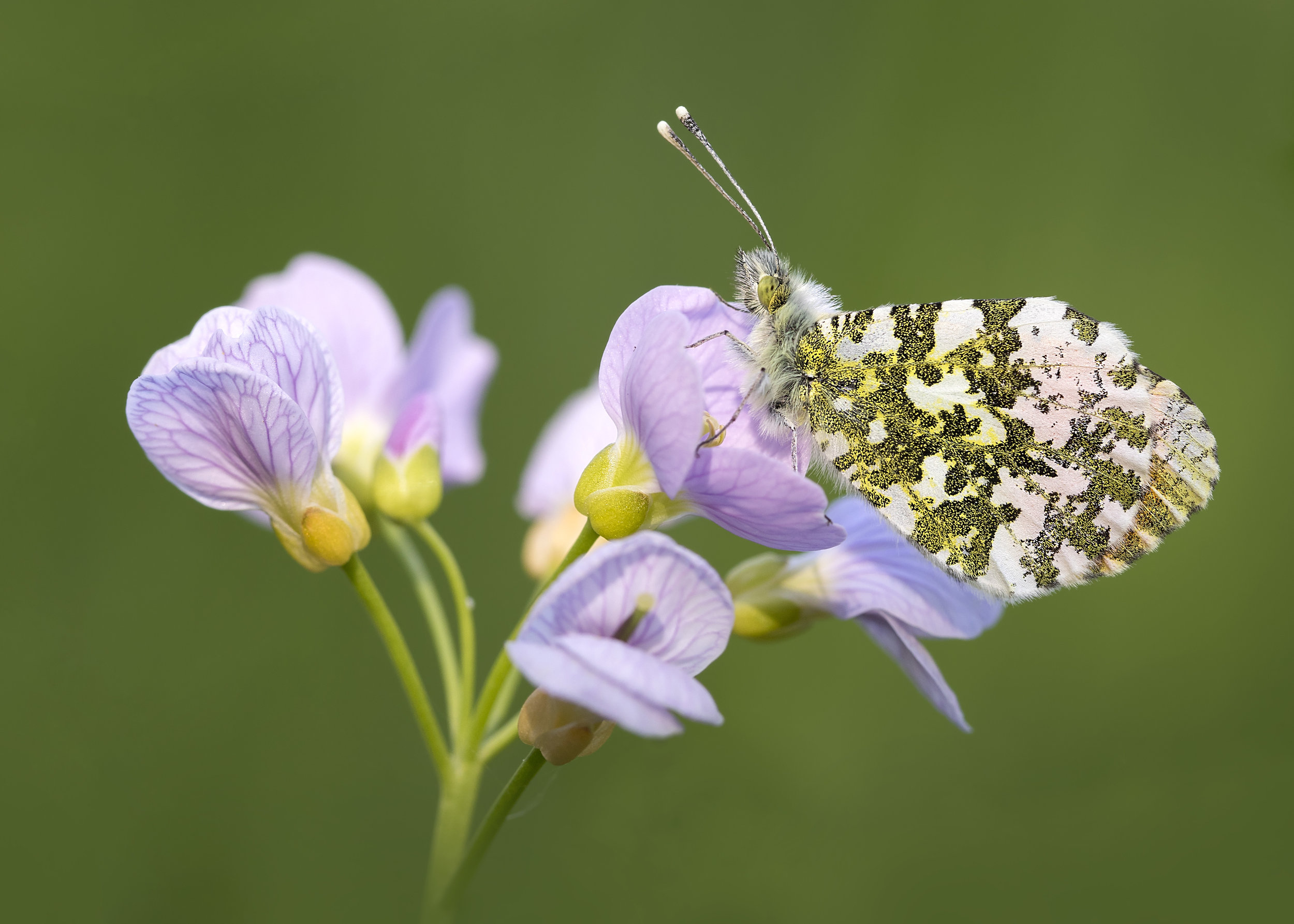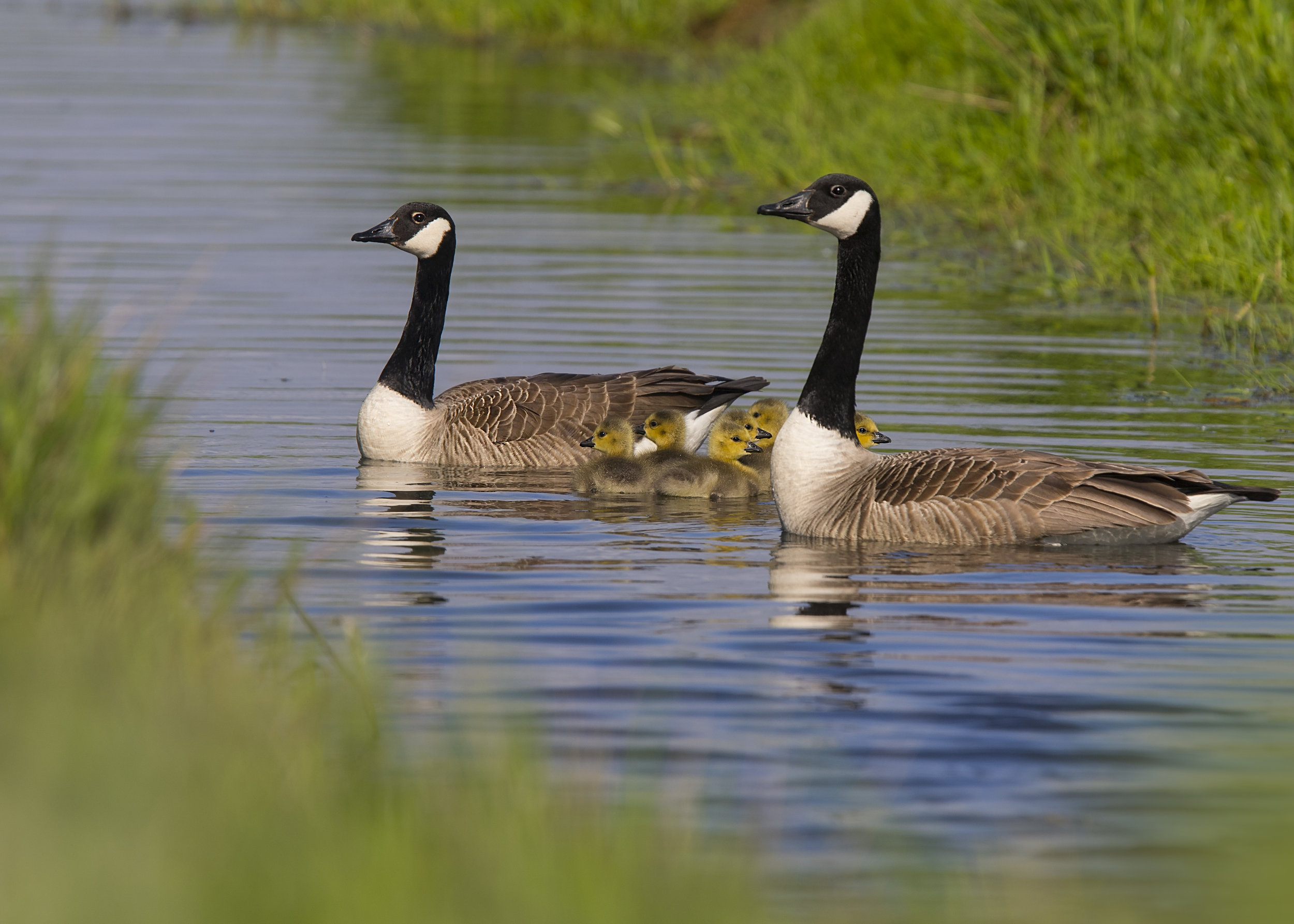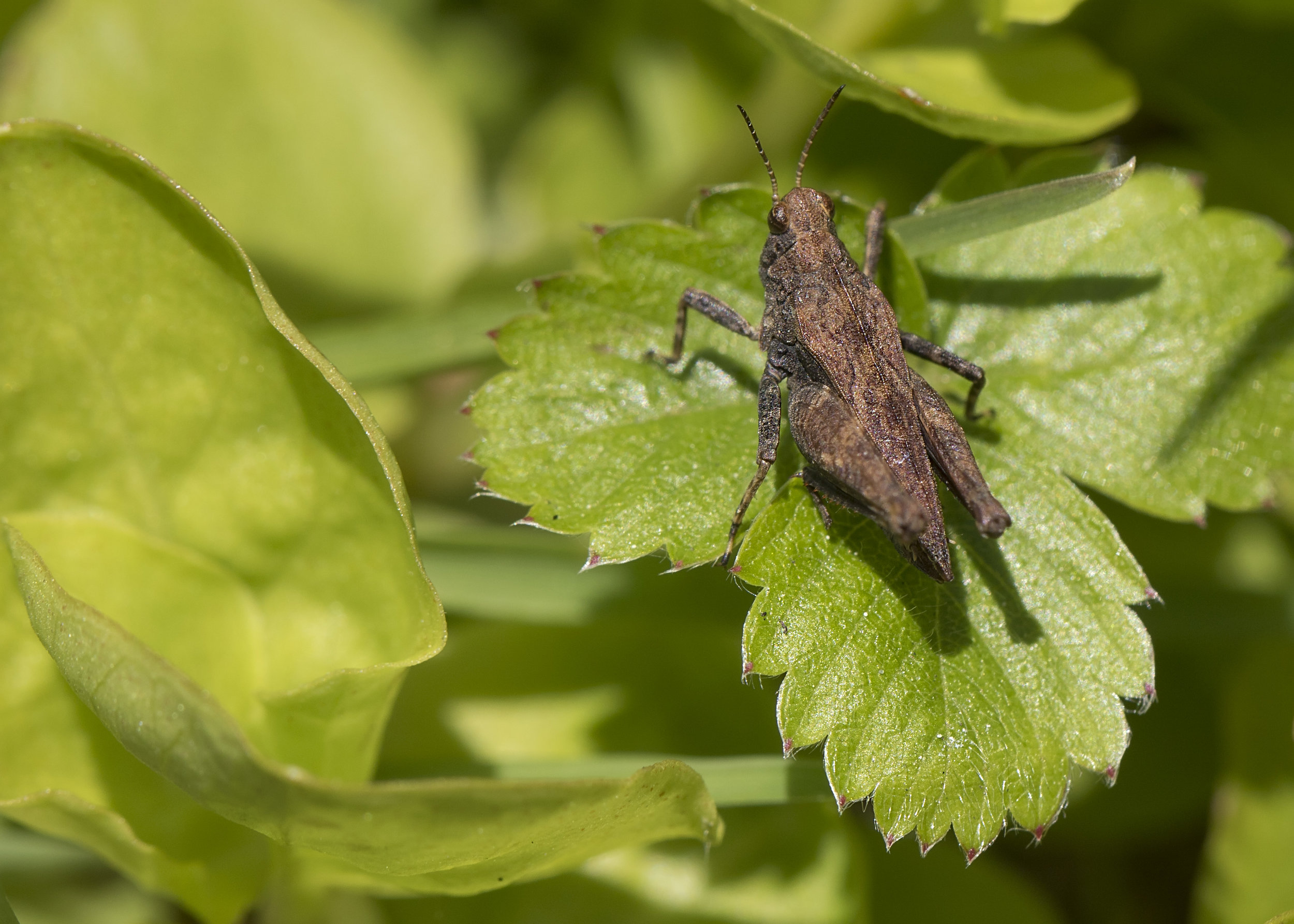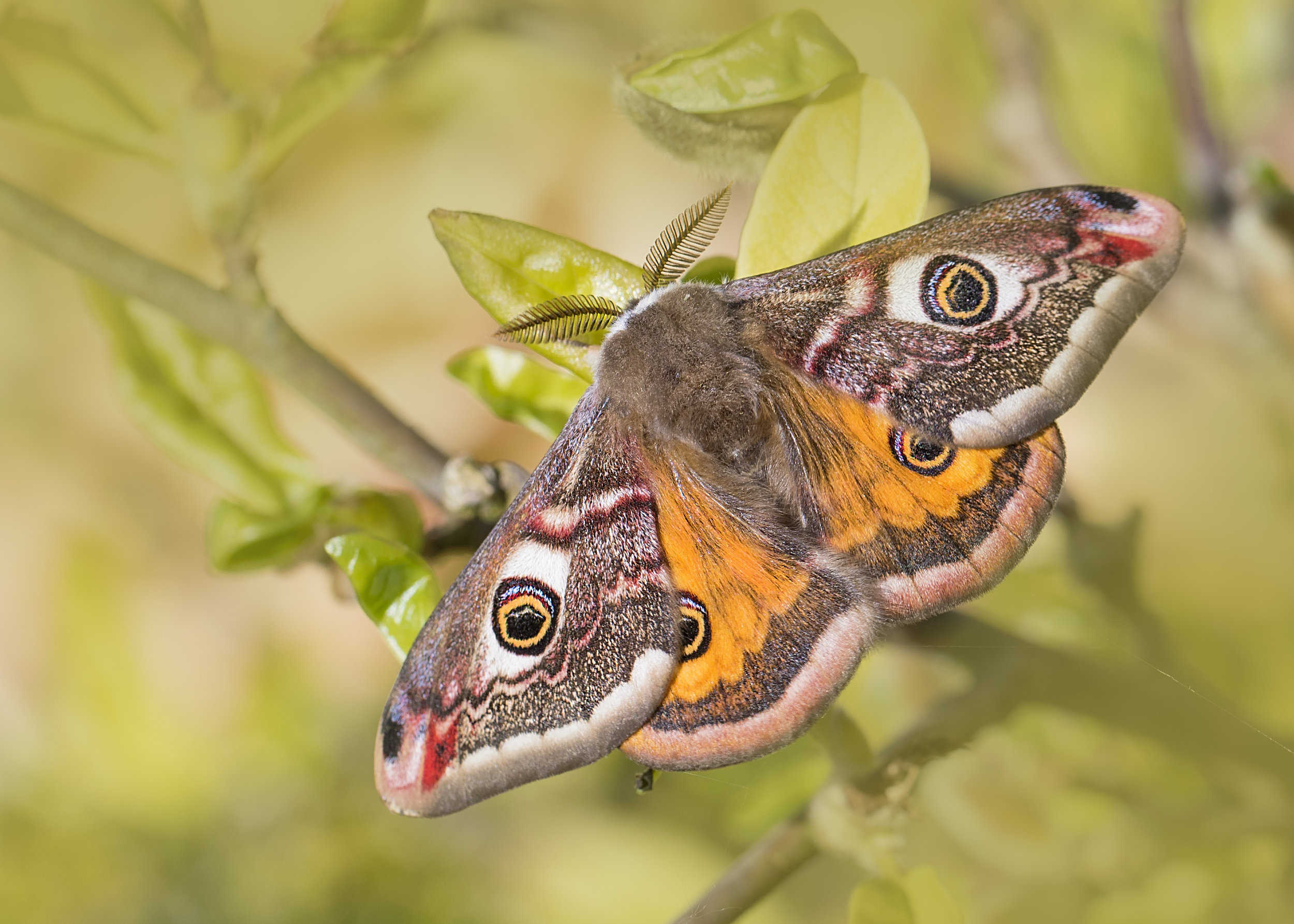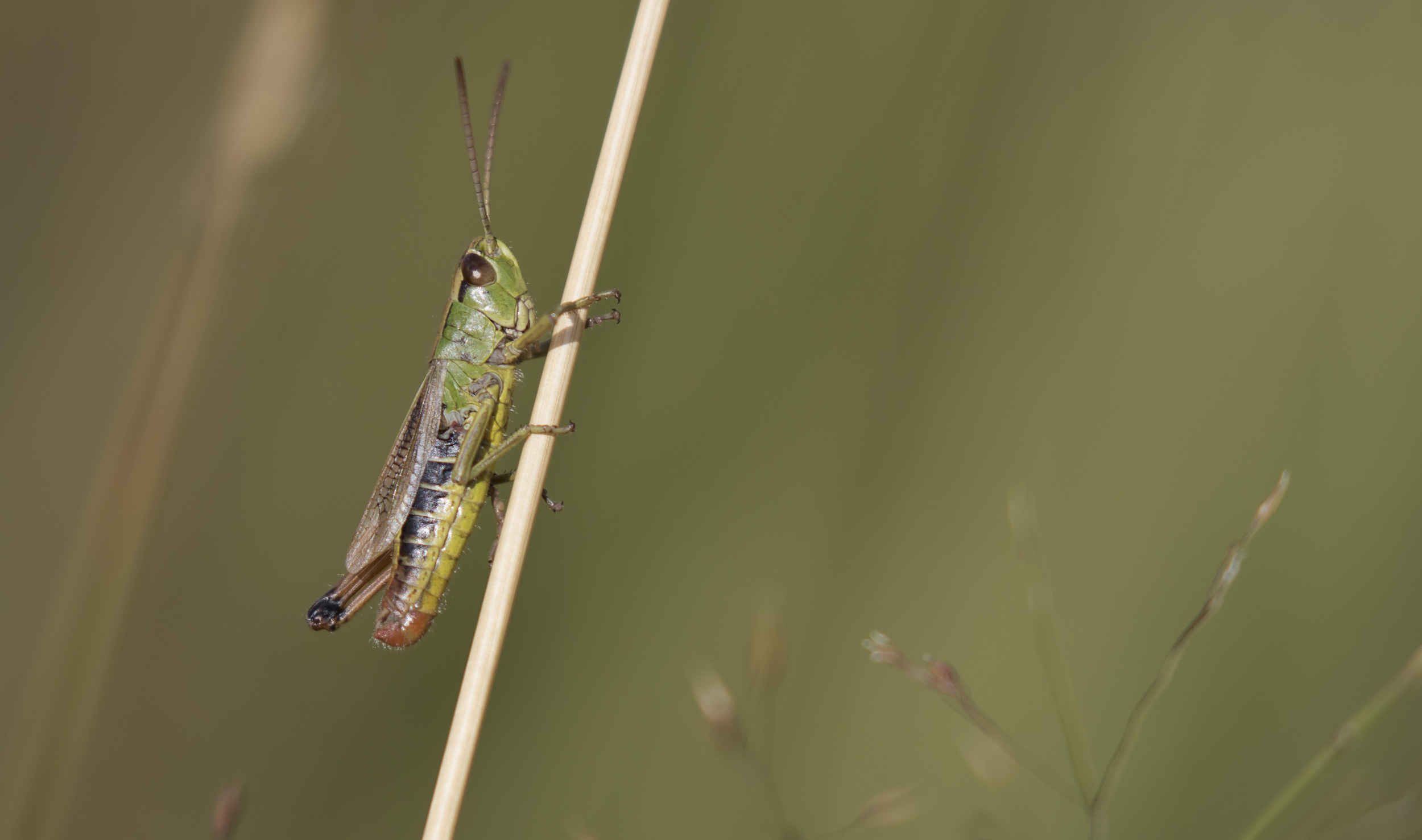If you’re on Facebook and live in Gwent, you might be interested to join a new group called Gwent Naturalists.
It’s an extension of the Gwent Birders group that has over 600 members so far and every now and again we get questions about butterflies, moths, dragonflies and flowers, which is fine, but it made me realise that we could do with a group that covers more taxonomic groups.
We’re very lucky in gwent to have dedicated naturalists that have spent a life-time studying nature in their respective field. Whether it’s spiders, slime moulds, mosses, micro moths, birds, bats, reptiles, flowers, bees, beetles, you name it, there is somebody out there with the knowledge.
This isn’t to take away from the existing - South East Wales Biodiversity Records Centre group - which I still highly recommend you join.
The Gwent Naturalists group isn’t just a place to share photos and ask for ID’s, I hope that we can use it to discuss conservation topics in our area, organise field events, and generally work together to help encapsulate our knowledge and work together towards a common goal.
My second pair of Nightjars were victim of an egg thief just two days from hatching, so I’m giving them plenty of space as they choose their second location for clutch 2, which is so far looking to be a much wiser choice, in a clear-fell that has much more cover, making the nest less exposed. I did wonder if their first choice was a good one, as it wasn’t far from a major dog walking route, and they did get quite a few close fly-bys from Jays and Great Spotted Woodpeckers, but the list of predators for ground nesting birds is huge, so it’s lucky they’ve adapted to this by not putting all their eggs in one basket, having a second clutch as a backup plan should the first choice go wrong. With the hot weather though, I’ve turned my attention to the vast amount of insects that are now at peak.
I did note 3 Silver-washed Fritillaries on the wing this week at a local woodland which could be a good sign that this species is spreading out. I usually go to the Forest of Dean to get my Silver-washed fix but instead of doing that I’m going to make more of an effort this year to find them on my doorstep. I’ll leave you with this incredibly out of focus, cropped image :D

